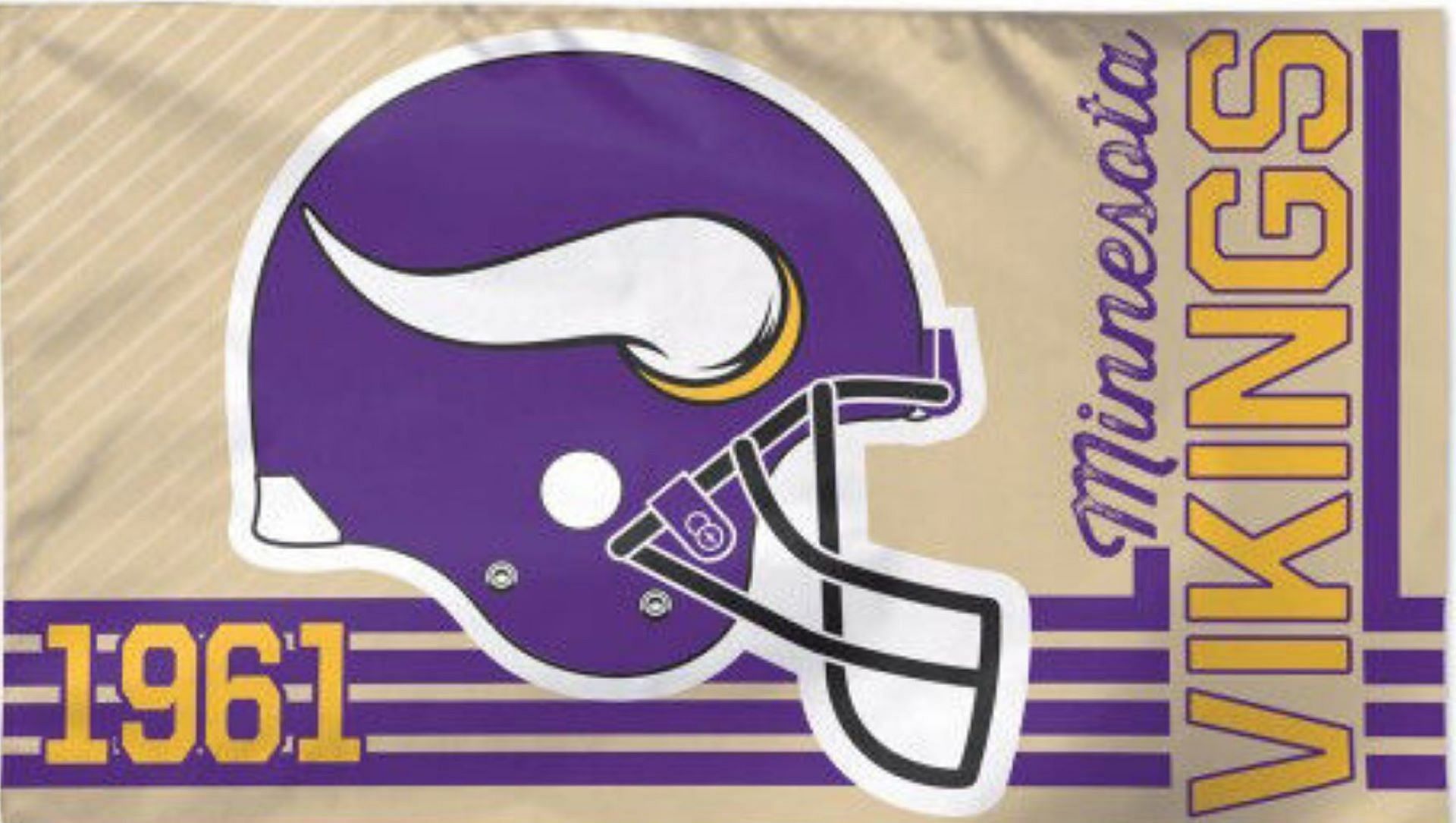The 1961 NFL expansion made the Minnesota Vikings the NFL's 14th team. Their own league had prefomed a dramatic U-turn. Therefore, the Vikings gave up their newly acquired AFL rights. They jumped to the rival NFL, in order to provide the Twin Cities with their first football franchise.
The Vikings would enter the Western Conference and start to build a roster through the '61 expansion draft.
Building the roster
The rules of the draft were simple. They were not, however, conducive enough for Minnesota to build a team that would instantly be competitive. Each franchise, excluding the Dallas Cowboys, made available eight players from their thirty-eight-man roster. The Vikings, then, had the opportunity to draft three players from each team.
Looking to predict NFL playoff Scenarios? Try our NFL Playoff Predictor for real-time simulations and stay ahead of the game!
Subsequently, the teams made players from the bottom of their rosters available. The Vikes were further supplemented by some free-agent signings. The college draft of 1961 allowed them to have the first pick in each of the twenty rounds.
With the first overall selection, the Minnesota Vikings took Tommy Mason, a star running back out of Tulane, who would become a future Pro Bowler. They hit with another future Pro Bowler in round two with linebacker Rip Hawkins.
But it was their third-round selection that would shape the immediate future for the fledgling franchise when they opted for Georgia quarterback Fran Tarkenton. The former Bulldog would go on to have an eighteen-year, Hall of Fame career. He is considered to be the first undersized, dual-threat QB.
The inaugural season
The Vikings shocked the NFL by causing an upset in their very first game. They routed division rivals, the Chicago Bears, 37-13. Tarkenton provided a preview of things to come by climbing off the bench to score five total touchdowns.
Wins would also come against the Baltimore Colts and Los Angeles Rams in an, otherwise, difficult season for the Vikes, as they finished 3-11.
Offensively, Minnesota was more than servicable. They ranked sixth in rushing. Unfortunately, they managed to put together one of the worst defenses in NFL history. They ranked dead last in most catergories. They gave up an eye-watering 5.41 per rush attempt, which is still ranked as the fifth-most of all time.
There were a few standout performances, obviously, on the offensive side of the ball. Hustlin' Hugh McElhenny was acquired via the expansion draft from the San Francisco 49ers. Coming off a couple of injury-hit years, the 49ers made him draft eligible, and he was quickly snapped up by the Vikings.
He had already had a Hall of Fame career as a member of the famed "million dollar backfield." He spent nine seasons with the Niners. He went on to record 877 carries for 4,288 yards, 35 touchdowns, and 192 receptions for 2,640 yards and 15 touchdowns.
The 1961 season saw McElhenny return to his sparkingly best, proving that he still had plenty in the tank. He soon established himself as one of the Vikings' top offensive weapons.
McElhenny was nicknamed "The King" during his stint in California and was hugely popular with fans and teammates. His leadership qualities proved invaluable during that 1961 season. His 570 rushing yards and seven total touchdowns saw the elusive back named to his sixth and final Pro Bowl.
McElhenny, however, was not particularly complimentary about his time in the Twin Cities. He described it as a dead-end street.
Also Checkout:- Vikings Preseason Schedule
The Vikings produced one other Pro Bowler during their inaugural season in the form of wide receiver/tight end/quarterback Jerry Reichow. He mostly played wide receiver in 1961. He soon became the favorite target of quarterback Fran Tarkenton.
Reichow caught 50 passes for 859 yards and 11 touchdowns. Reichow’s 11 TD receptions would be a team record that stood for 34 years. It was finally eclipsed by Hall of Famer Cris Carter.
Reichow retired in 1965 after losing his starting place. Incredibly, he would go on to work for the Minnesota Vikings for nearly 54 years. Before retiring in 2019, his 59 years of service made him one of the longest-tenured staff members in NFL history.
During his years with the Vikings, Reichow had been a scout, director of player personnel and football operations, and assistant general manager for national scouting.
He is currently employed as a consultant and has been at the center of many decisions that have defined the franchise, earning him the well-deserved nickname of "Old Reliable."
The Vikings History since 1961
Within ten years, the Vikings had transformed themselves into one of the best teams in the NFL, which had, by now, merged with the AFL. Minnesota, powered by their famed Purple People Eaters defense, made it to four Super Bowls during the 1970s. They lost on all four visits.
Their first appearance was in Super Bowl IV, where they lost 23-7 to the Kansas City Chiefs. They returned for Super Bowl VIII, this time losing 7-24 to the Miami Dolphins. Defeats to the Pittsburgh Steelers and the then-Oakland Raiders followed in Super Bowl IX and XI respectively, and they have since failed to return.
As a regular playoff team, they are often regarded as a team that is happy to reach the post-season, but never expected to go all the way. Perhaps, this season will be different.
Vikings Nation! Check out the latest Minnesota Vikings Schedule and dive into the Vikings Depth Chart for NFL Season 2024-25.
